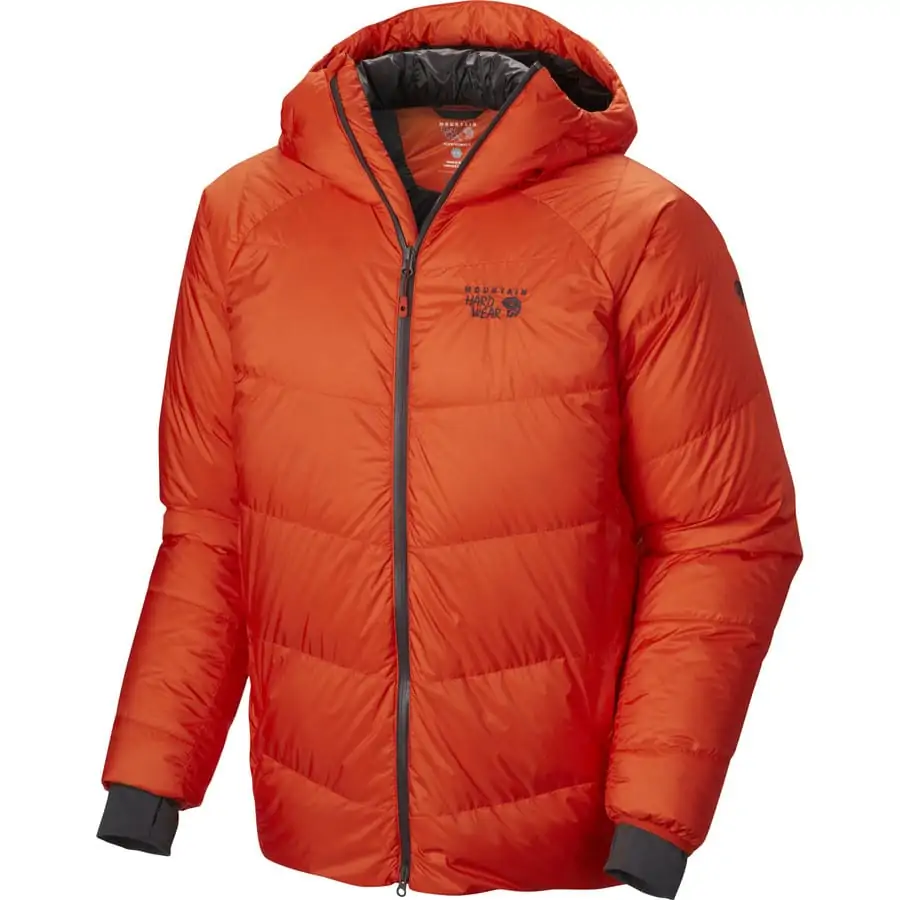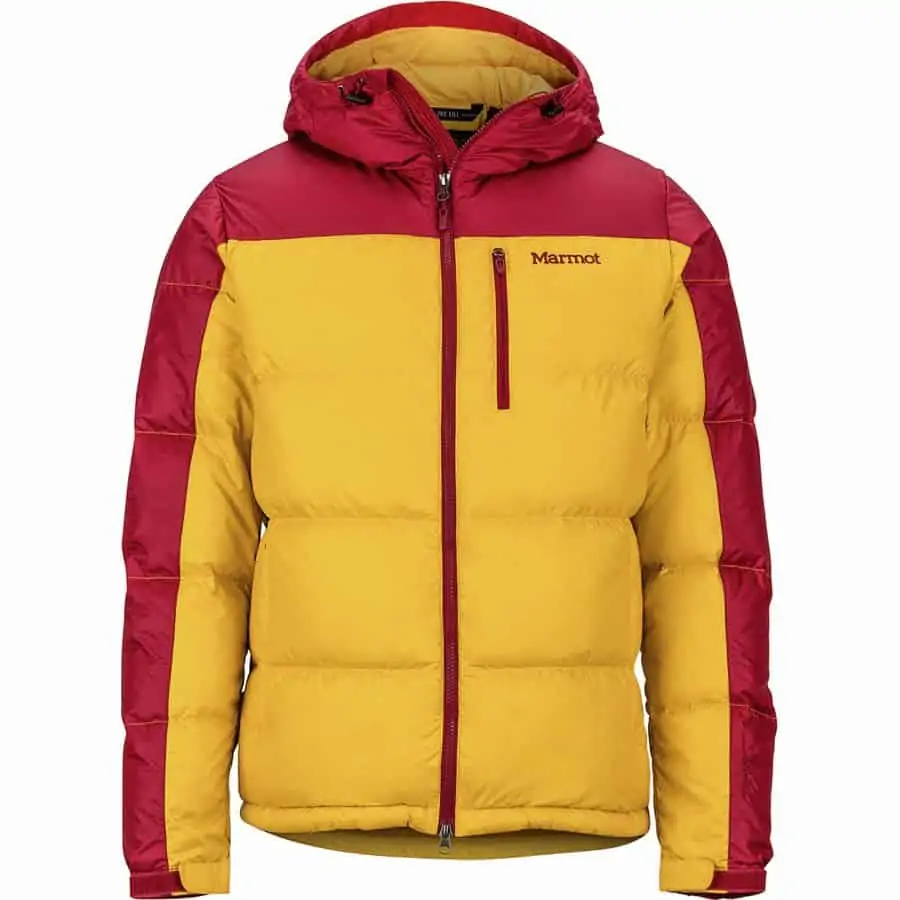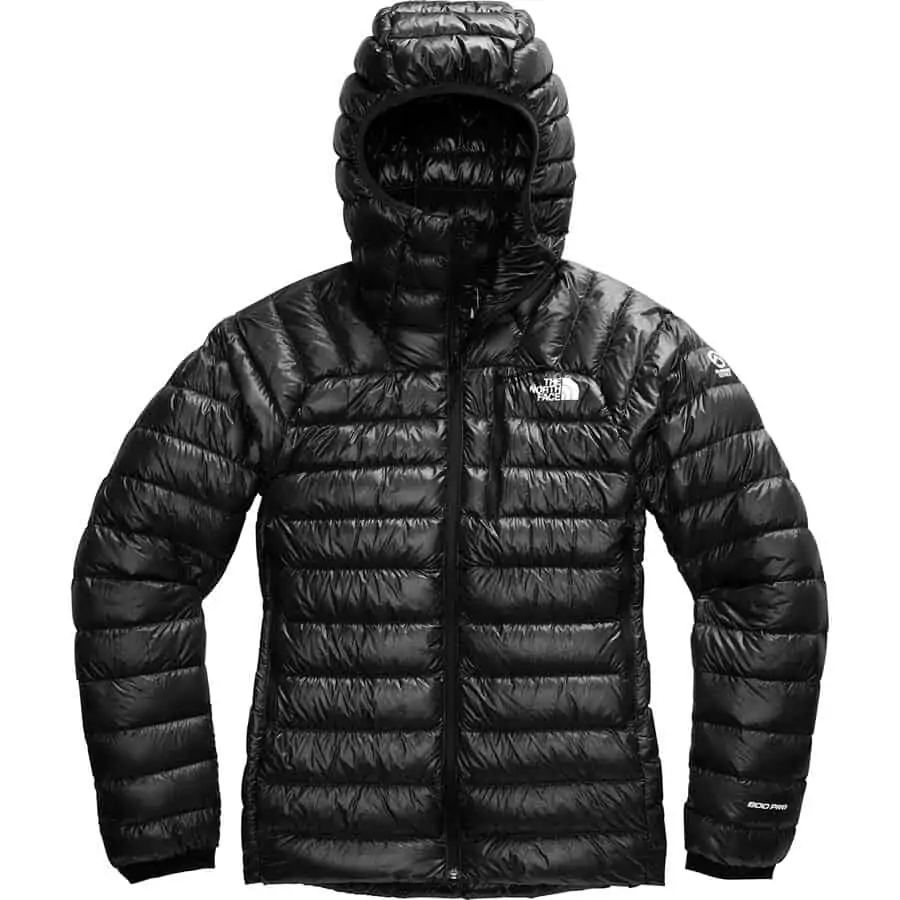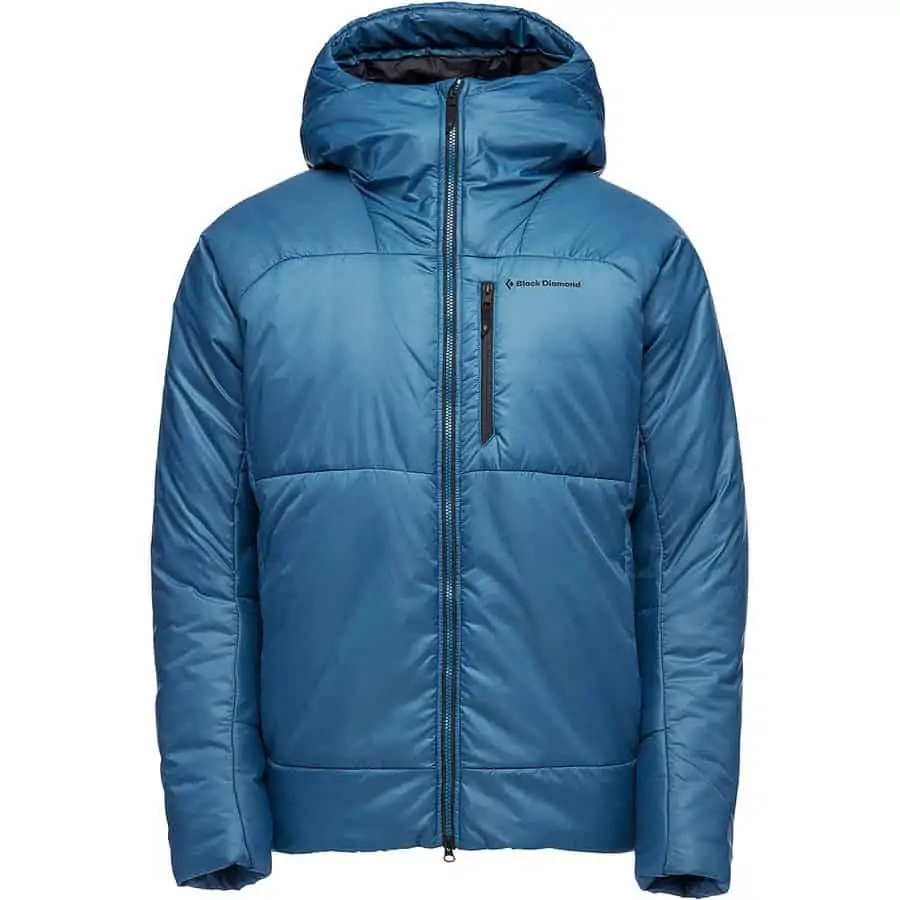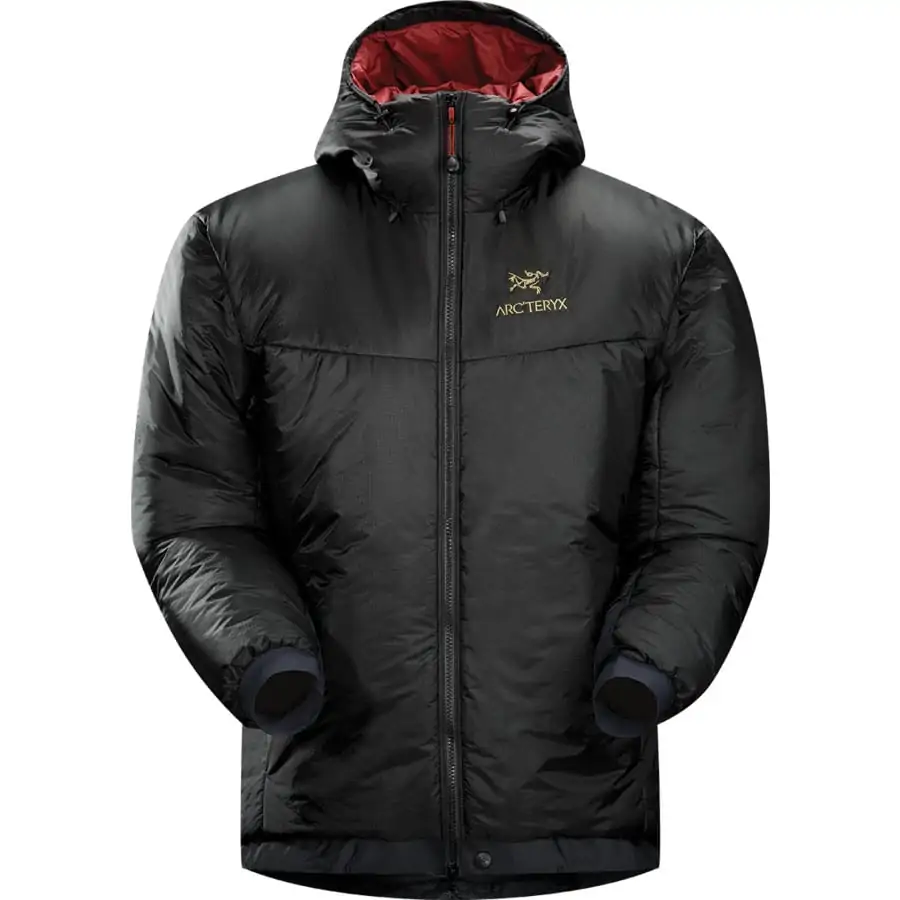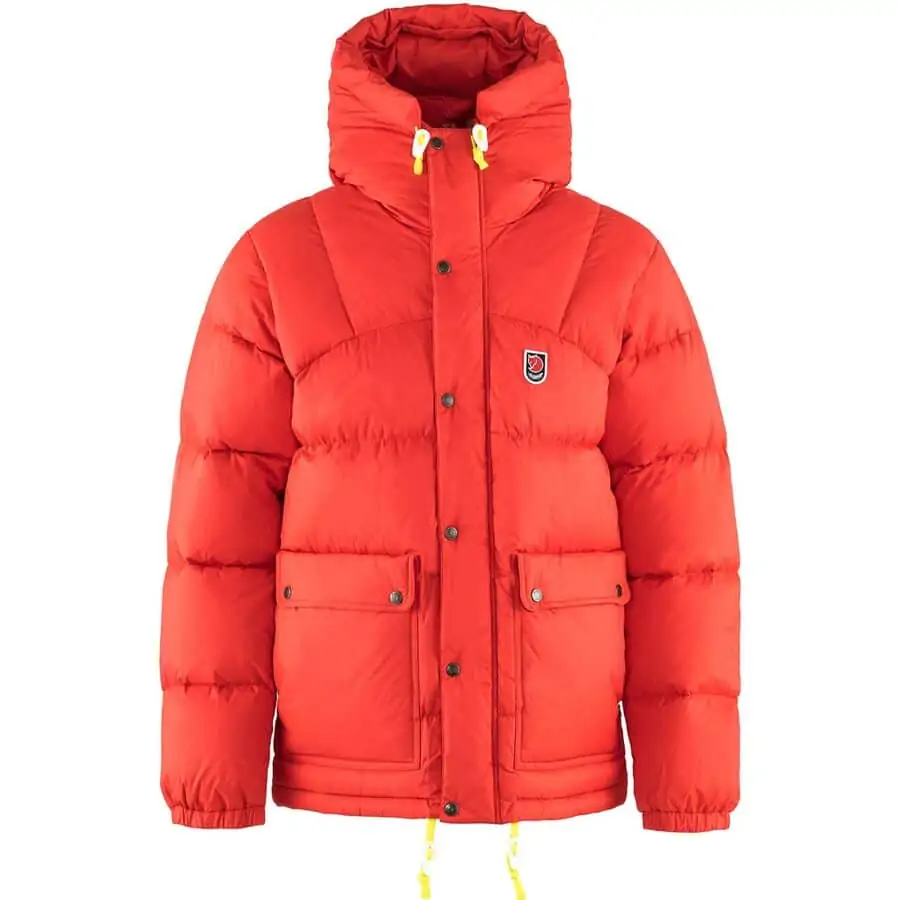One of the most important items you will need on your Kilimanjaro climb is a down jacket. The temperatures can be bitter cold and you want to be prepared for the harsh conditions. This article will break down how to find a suitable down jacket, puffer jacket or insulated jacket, for the mountain.
The easy way to avoid the problem altogether is to simply rent one from us. If, however, you would really like to have your own, let’s examine what should you look for in a jacket. The first thing you need to decide is if you want one made of down or a synthetic material.
Down Jackets
Down comes from the feathers of birds. It is the soft fluffy feathers that keep the bird warm. The down we use comes from ducks and geese. The more mature the bird, the greater the loft (fluffiness) and the warmer the feathers.
The amazing characteristic about down is that it insulates very well given its low weight. Each cluster is made up of tiny fibers that allow air to loft between them. These pockets absorb air, allowing it to heat up while allowing the material to breathe.
Another benefit to down is that you can pack it very small and despite the compression, it resists damage. This is why down is widely considered to be the best insulator known to man. Down jackets keep you comfortably warm without weighing you down.
There are three things to consider when purchasing a down insulated product: fill power, fill weight, and down to feather ratio. Below we will cover all three properties of down.
Fill Power
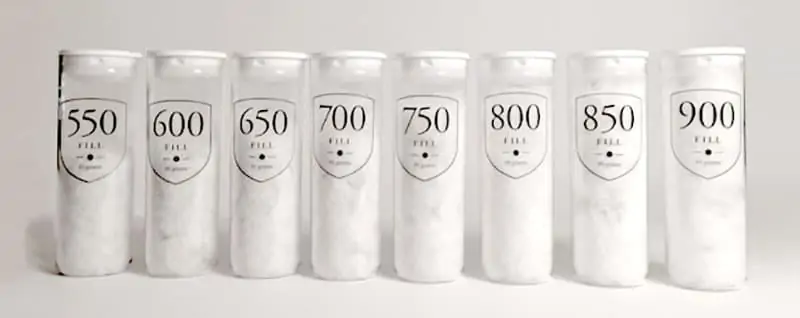
Fill power measures the loft of a down product. The number represents how many cubic inches a single ounce of down occupies. For example, an 600 fill power jacket means that one ounce of down can cover 600 cubic inches, while an 800 fill power jacket means that one ounce of down can cover 800 cubic inches.
Generally, the fill power rating ranges from 300 to 900 and above. The most common down products have a rating of 550-650. These are considered to be mid range products – high quality, high loft, and reasonably priced. Lower fill powers come from immature geese and ducks and therefore are made from smaller down clusters. 700-900 fill powers are the highest quality down and are made for extreme weather conditions.
When purchasing a high quality down fill jacket for general purposes, you should look for a fill power rating of at least 600. A jacket of this caliber will be warm, comfortable and affordable. But for Kilimanjaro, we recommend at least an 700 fill power. These jackets should hold up to sub-zero temperatures.
The higher the fill power, the more air the down can trap, and thus the more insulating ability the down will have. Most people initially think a higher fill-power automatically refers to a warmer garment. However, the fill-power just refers to how much down lofts. It is related to the insulating value of the down, but is not the only determinant of warmth in a jacket. A quality jacket has both high fill power and high fill weight.
Fill Weight
The fill weight of down refers to how much insulation is in the jacket. Typically, the higher the fill weight, the heavier the product. A jacket with a high fill power but low fill weight ends up being insufficient as there is not enough insulation to stay warm despite using high loft down. That is why it is important to check the actual weight of the down in addition to the fill power when reviewing a down jacket. Many manufacturers show their fill power and fail to mention their fill weight. However the weight of the jacket is a reasonable indication of the amount of fill inside the jacket. We recommend a fill weight of at least one pound for climbing Kilimanjaro.

Feather and Down
Down-to-Feather Ratio
Lastly, you should look for the down-to-feather ratio of a jacket. Down-to-feather ratio is the amount of down inside a jacket compared to the amount of feathers. Because down is warmer than feathers, the higher the ratio of down-to-feather, the warmer the jacket.
These ratios are generally listed as 70/30, 80/20 or 90/10 (the first number is the percentage of down whereas the second is the percentage of feathers). 70/30 jackets are good for mild temperatures only. High quality jackets should have at least an 80-20 down-feather ratio. 90/10 are top of the line products. Aim for at least 80/20 down-to-feather jackets for your Kilimanjaro climb.
Synthetic jackets
So what if you want an alternative to down? Then choose synthetic.
The main disadvantages of synthetic jackets are that they are heavier and not as warm as their down counterparts. However, synthetic jacket technology has come a long way and the performance gap is closing rapidly. All synthetics use some form of compressible water-repellent fibers. Unlike down, synthetic jackets can keep you warm even when wet – a huge plus. It’s also cheaper and less bulky.
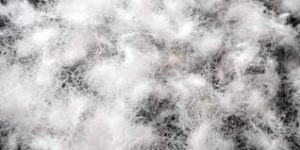 Judging the insulating capabilities of synthetic jackets is more difficult than down because there are no standards for evaluation such as fill power, fill weight and down-to-feather ratios.
Judging the insulating capabilities of synthetic jackets is more difficult than down because there are no standards for evaluation such as fill power, fill weight and down-to-feather ratios.
One thing to keep in mind is that the puffiness of a jacket is not necessary indicative of its warmth, but a thin jacket almost certainly is not going to be sufficient for Kilimanjaro. Look to see if the manufacturer offers some information on what temperatures the jackets are suitable for. For instance, some companies will clearly state the temperature rating of the jacket, which is the lowest temperature that an average person would feel comfortable while wearing the jacket at rest.
SUMMARY
Here are the pros and cons of down jackets versus synthetic jackets.
Down Jackets
Synthetic Jackets
- Warmer than down
- Lighter than down
- More compressible
- More expensive
- Not warm when wet
- Less breathable
- Slow to dry
- More affordable
- Still warm when wet
- More breathable
- Dries quicker
- Not as warm as down
- Heavier than down
- More bulky
Hopefully, this will make it easier for you to make sense of all the numbers you see when purchasing a jacket for Kilimanjaro. Remember, it’s important to pay attention to all of the aspects of the jacket.



